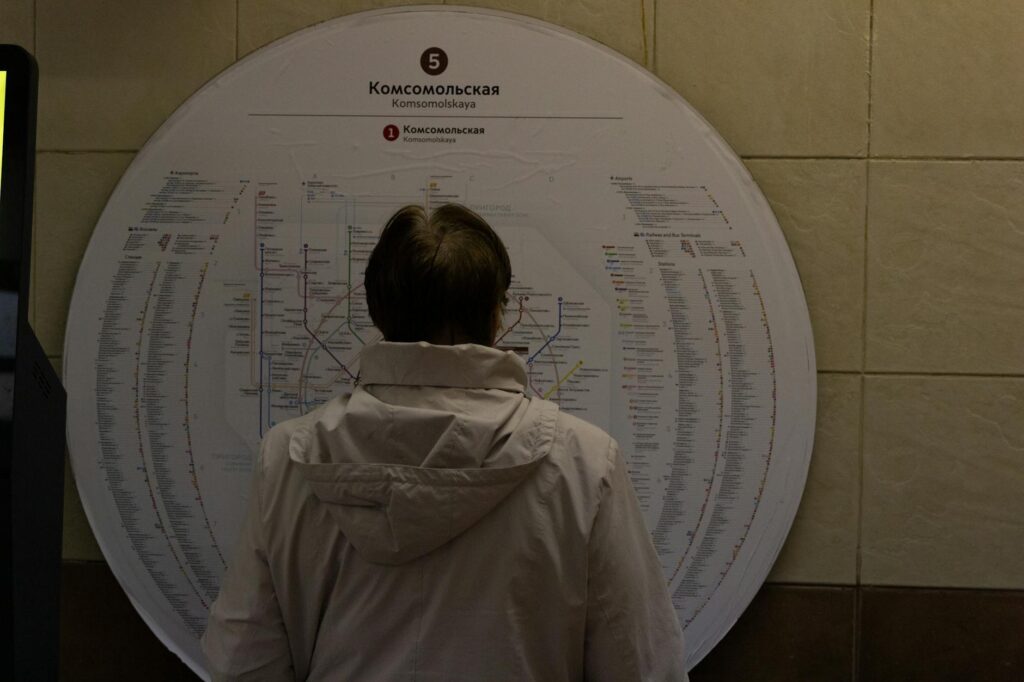What is transition planning?

What is Transition Planning?
Transition planning is a crucial framework that helps individuals navigate significant changes in their lives, whether in personal or professional contexts. It’s not just about moving from one phase to another; it’s about ensuring that the shift is smooth and purposeful, allowing for a better work-life balance and effective personal development. In a world where change is the only constant, understanding transition planning can pave the way for success and growth.
Understanding Transition Planning
At its core, transition planning is about preparing for change. It involves strategizing how to move from a current situation to a new one, ensuring that all necessary steps are taken to make the process as seamless as possible. This can apply to various situations, such as moving from school to the workforce, transitioning to a new job, or even managing life changes like retirement.
Definition of Transition Planning
Transition planning is an organized and intentional process that guides individuals through change. It encompasses everything from identifying objectives to creating actionable steps that facilitate a successful transition. This structured approach ensures that individuals are not caught off guard, but are instead well-prepared for the journey ahead.
Objective of Transition Planning
The primary goals of transition planning include facilitating change, minimizing disruption, and ensuring continuity. By clearly defining the end goals and outlining the necessary steps to achieve them, transition planning helps people maintain a sense of control during what can often be a chaotic time. For instance, Transition Planning is essential for young adults with disabilities as they move from school to independent living, ensuring they have the tools and support they need.
The Process of Transition Planning
Creating an effective transition plan involves several key steps, each designed to build upon the last. This systematic approach allows for a thorough evaluation of the current situation, goal setting, and action planning.
Assessing Current Situation
Before any planning can occur, it’s vital to assess the current circumstances. What are the challenges you’re facing? What resources do you have at your disposal? This evaluation helps identify the necessity of a transition plan and lays the groundwork for the steps to follow. Understanding your starting point is vital to making informed decisions moving forward.
Identifying Goals and Outcomes
With a clear view of your current situation, the next step is to set specific, measurable goals. What do you want to achieve through this transition? Whether it’s better job satisfaction, improved work-life balance, or personal growth, articulating these outcomes is crucial. Clear goals act as a compass, guiding your actions and decisions along the way.
Creating an Action Plan
Once the goals are set, it’s time to develop an actionable plan. This involves breaking down each goal into smaller, manageable steps. Think of it as creating a roadmap—each point along the way represents a task that needs to be accomplished to reach your destination. This step-by-step approach makes the overall transition feel less daunting and more achievable.
Monitoring and Adjusting the Plan
A successful transition isn’t a one-and-done scenario. It’s essential to regularly monitor your progress and make adjustments as necessary. Life is unpredictable, and as circumstances change, so too might your plans. Being flexible and willing to adapt your approach can significantly enhance the effectiveness of your transition plan.
Benefits of Effective Transition Planning
When done correctly, transition planning can lead to numerous benefits that enhance both personal and professional life.
Enhancing Productivity and Efficiency
An organized transition plan helps streamline processes, leading to improved productivity. By having a clear outline of tasks and goals, individuals can focus their energy on the most important actions, minimizing time wasted on uncertainty.
Reducing Stress and Uncertainty
Change often brings stress and uncertainty. A well-structured transition plan alleviates these concerns by providing a clear path forward. When you know what to expect and what steps to take, you gain a sense of control that can significantly reduce anxiety.
Facilitating Better Work-Life Balance
Transition planning can also play a significant role in achieving a healthier work-life balance. By clearly defining priorities and goals, you can ensure that your professional responsibilities don’t overshadow your personal life. This balance is crucial for overall well-being and satisfaction.
Common Challenges in Transition Planning
While the benefits are substantial, several challenges can arise during the transition planning process.
Resistance to Change
One of the biggest hurdles in transition planning is resistance to change. People often feel uncomfortable stepping outside their comfort zones, which can hinder the effectiveness of a transition plan. Recognizing this resistance and addressing it head-on is essential for overcoming these mental barriers.
Lack of Clarity and Direction
A vague transition plan can lead to confusion and ineffective outcomes. Without clear objectives and actions, it’s easy to lose sight of the end goals. Therefore, being specific and intentional in your planning is vital for success.
Insufficient Resources and Support
Transition planning is often more challenging when individuals lack the necessary resources or support systems. It’s important to assess what’s needed for a successful transition and to seek help when necessary. Whether it’s financial resources, mentorship, or emotional support, acknowledging these needs can make a significant difference.
Conclusion: The Importance of Transition Planning for Personal Growth
In summary, transition planning is a vital process that can significantly impact personal and professional development. By understanding its definition, objectives, and processes, you can harness its potential to facilitate meaningful change in your life. Whether you’re moving to a new job, adapting to a life change, or simply seeking to improve your work-life balance, having a solid transition plan in place can empower you to take control of your journey and achieve your goals.
Transition planning isn’t just about change; it’s about growth, enabling you to navigate life’s transitions with confidence and purpose. Embrace the process, and you’ll be well on your way to a brighter future.

Photo by Plato Terentev